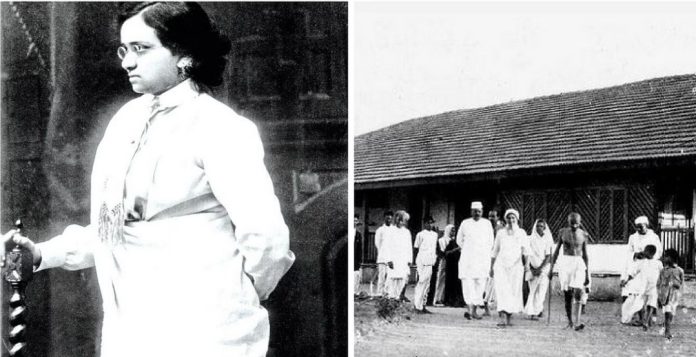
Anasuya Sarabhai: Champion of Women’s Labor Movement In India And Founder of Ahmedabad Textile Labor Association (TLA)
Date:

Share post:
Anasuya Sarabhai, lovingly referred to as ‘Motaben’ or ‘elder sister’, has left an indelible mark in the annals of Indian history for her pioneering efforts in championing the women’s labor movement. In 1920, she established the Ahmedabad Textile Labor Association (Majoor Mahajan Sangh), the oldest union of textile workers in India.
Born in 1885 into the affluent Sarabhai family of Ahmedabad, Anasuya faced early adversity when she lost both her parents at the tender age of nine. Married off by her uncle at the age of 13, she eventually divorced her husband and returned to her own family.
In 1912, Anasuya embarked on a journey to England to pursue further studies, and it was during this time that her life took a momentous turn. She came into contact with Fabianists such as George Bernard Shaw and Sydney Webb, who advocated for a gradual transition to a socialist society rather than revolutionary doctrines of Marxism. Inspired by their ideas, Anasuya dedicated herself to the cause of social equality. The following year, she returned to India and began working with marginalized and disempowered communities.
Also Read: UPSC Toppers Ishita Kishore and Garima Lohia’s Inspiring Journeys

Her initial efforts involved establishing a school for underprivileged students of all castes, as well as providing creches and toilets for women. However, her involvement in the labor movement stemmed from a transformative incident that she described in her own words: observing a group of workers who had toiled for 36 straight hours without respite. Horrified by their plight, Anasuya resolved to change the situation.
When an epidemic struck Ahmedabad in 1914, the condition of mill workers further deteriorated, leading them to seek Anasuya’s assistance. She took up their cause, issuing an ultimatum to the mill owners and even challenging her own brother, Ambalal, who presided over the Mill Owners’ Association. Her demand for better wages and working conditions proved successful, marking the early beginnings of the trade union movement in India.
Anasuya received support from Mahatma Gandhi in her endeavors. In 1918, she successfully negotiated a 35% wage hike for the weavers of Ahmedabad, mobilizing tens of thousands of workers in protest. This significant event laid the foundation for the establishment of Gujarat’s oldest labor union, the Majoor Mahajan Sangh (Ahmedabad Textile Labor Association or TLA), on February 25, 1920. Anasuya worked diligently to maintain harmonious relations between the mill owners and the union, resolving any conflicts that arose.
Also Read: From Passion to Profit-Exploring the Lucrative World of Sneaker Reselling in India

Another figure closely associated with Anasuya is Ela Bhatt. Their meeting in the 1950s led to a strong alliance, and their collaboration became instrumental in the formation of the Self-Employed Women’s Association of India (SEWA) in 1972. Tragically, only a few months after SEWA’s establishment, Anasuya passed away, leaving behind a powerful legacy of empowerment and social change.
Anasuya Sarabhai’s remarkable contributions to the labor movement and her relentless pursuit of justice for workers have earned her a revered place in history. Her tireless efforts continue to inspire generations, reminding us of the profound impact that one individual can have in creating a more equitable society.
